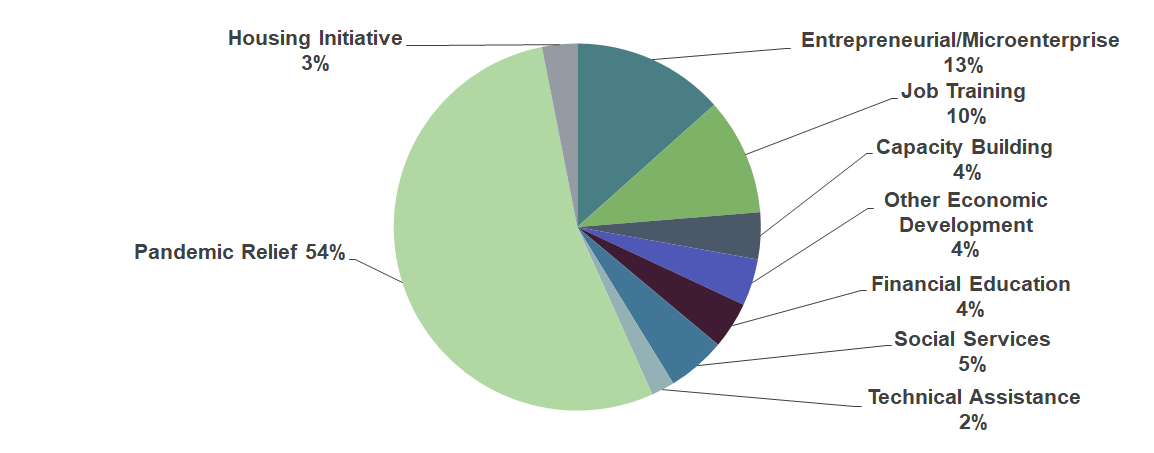2020 Affordable Housing Advisory Council Annual Report
REPORT FROM THE CHAIR
With the pandemic still ongoing, the full consequences of the unprecedented COVID-19 crisis are still unfolding. As we anticipated at this time last year, mere weeks after the public health emergency was declared a pandemic, the health and economic effects of the coronavirus have been most severe for the most vulnerable people that members of FHLBank San Francisco’s Affordable Housing Advisory Council collectively serve.
Our hearts break for the lives lost to the virus locally, regionally, nationally, and globally. No group or community has been spared from the ravages of the virus, but we know how especially deadly it has been across our Black, Brown, and Indigenous communities, among the vulnerable elderly and people of all ages with existing health challenges, and for all the essential workers who put themselves at greater risk to provide for the rest of us. Unhoused people may be the most invisible and uncounted victims of the virus: no one seems to quite know exactly what the numbers are for a demographic that is always in flux and impossible to fully count for any purpose.
Relatively swift and meaningful federal support for the overall economy combined with some just-in-the-nick-of-time federal and state funding for vital safety net programs, like unemployment insurance, have mitigated, or are at least temporarily keeping at bay, some of the most dire predictions about the impact of COVID-induced economic recession. Yet we can’t un-see the many tragic images we saw repeatedly throughout 2020, from the overwhelmed healthcare workers shrouded in PPE rushing around in chaotic hospital wards to the daily traffic jams caused by millions of Americans queuing in their cars at food banks across the country – many of them people who had never before accepted a free food box.
While the Fed has done much to counteract the worst economic crisis since the Great Depression, significant parts of the economy remain broken, especially for those who were housing, food, and healthcare insecure before the pandemic. This is not lost on someone who holds sway over the economy, Federal Reserve Chairman Jerome Powell, who has spoken recently about the growing number of tents popping up along his route to work in Washington, D. C., and has repeatedly warned Congress not to declare victory over the recession prematurely.
At best, this is a strikingly uneven recovery:
- Even with signs of overall improvement in the U.S. labor market, about four-in-ten unemployed workers had been out of work for more than six months in February 2021, about double the share in February 2020.
- Job losses have been heavily concentrated in the service sector where so many women and people of color traditionally toil.
- Feeding America estimates that by the end of 2021, 42 million Americans, including 13 million children, will experience food insecurity.
- Housing poverty continues unabated, with tens of millions of Americans spending more than 30% of their income on rent.
- At the start of 2020, homelessness was on the rise, with about 580,000 people living on the streets or in temporary shelter. The real depth and urgency of the country’s homelessness crisis during the pandemic may not be measurable.
Meanwhile, supplemental joblessness benefits, eviction moratoriums, and mortgage forbearance programs will sunset soon, at the same time a hot housing market at the upper end is squeezing out low- and moderate-income people who struggle to make the rent or a mortgage payment in ordinary times.

